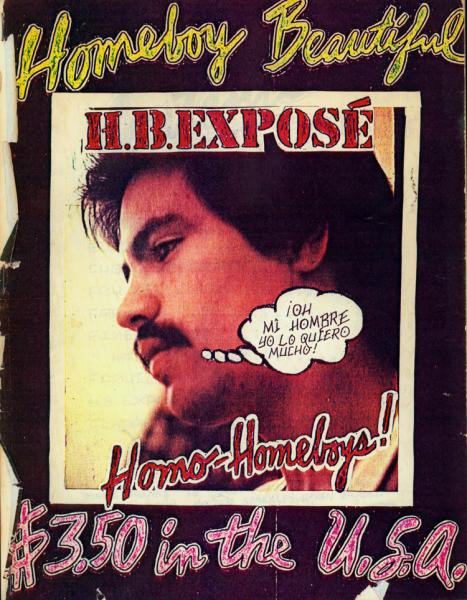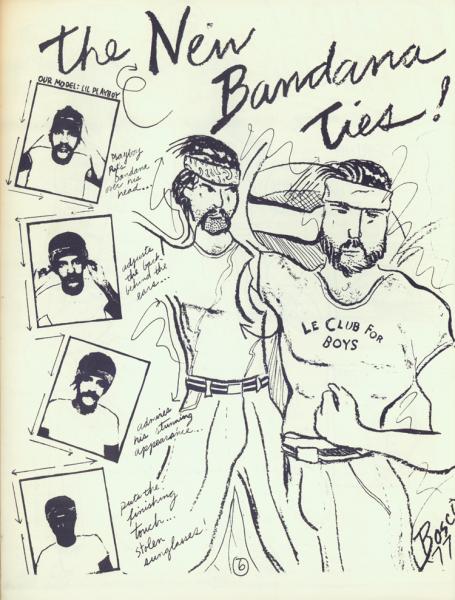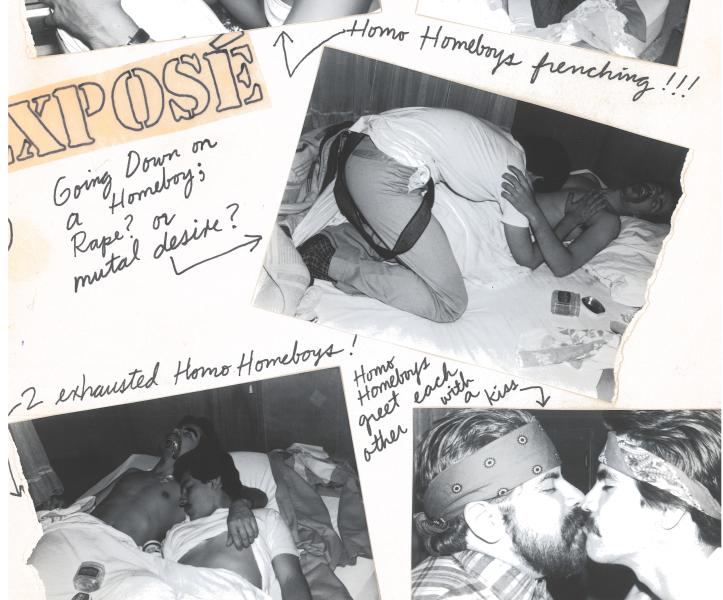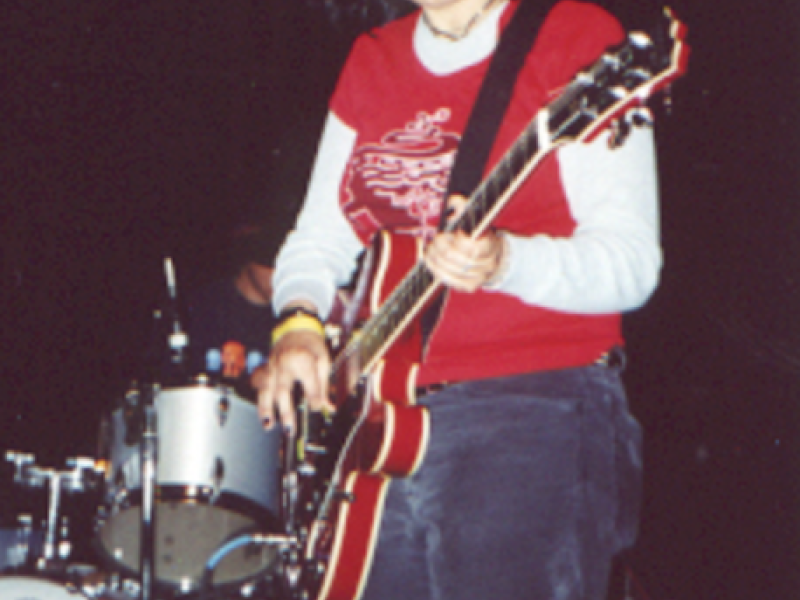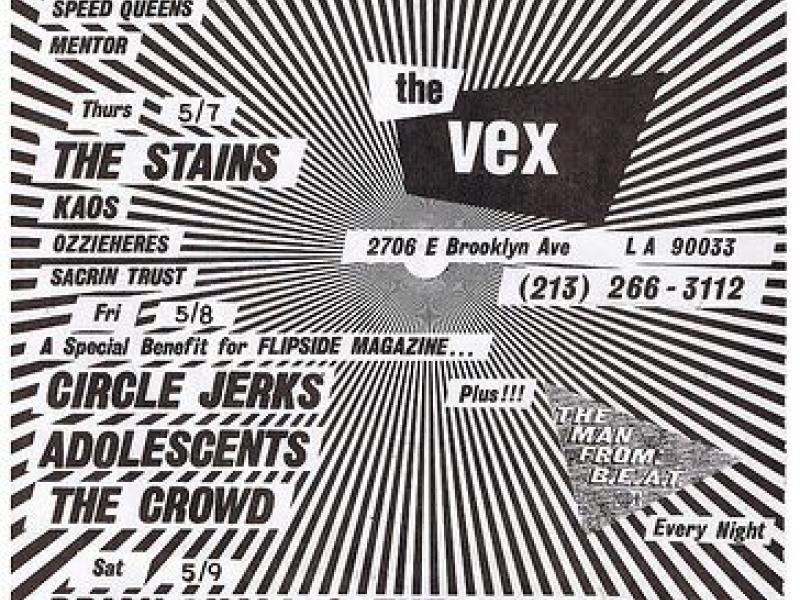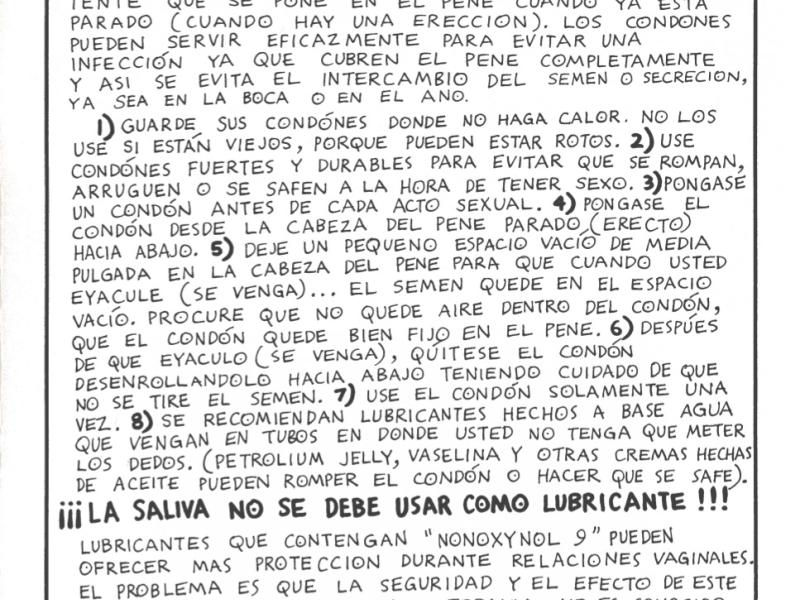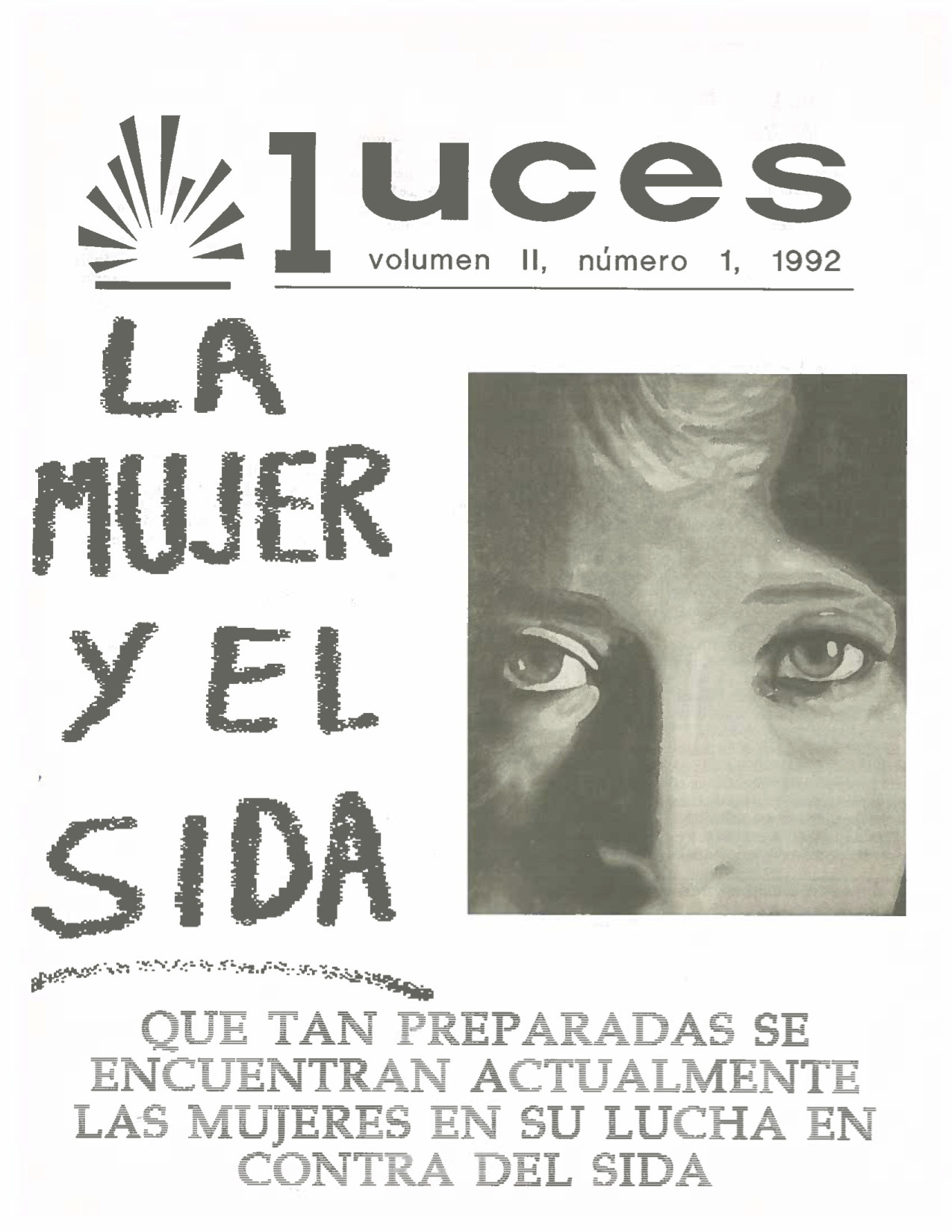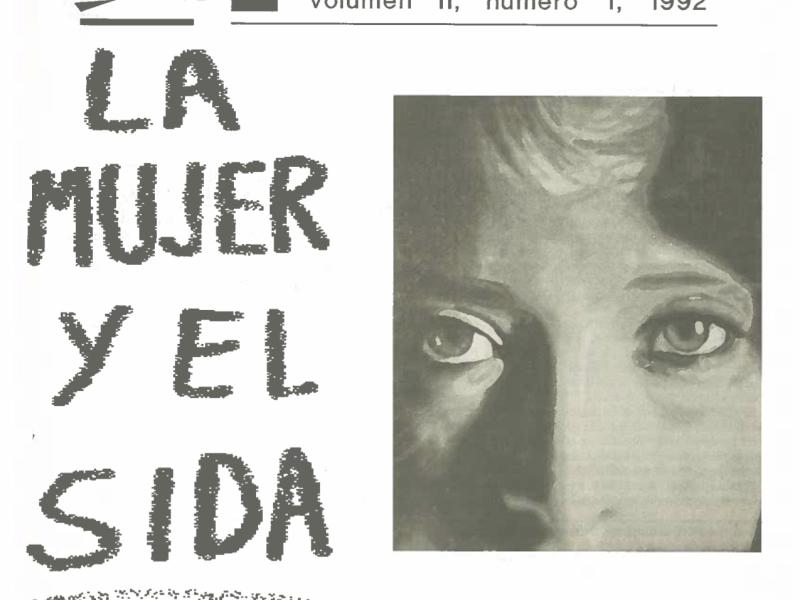Homeboy Beautiful, despite having only two editions in existence, fostered a sense of community for queer Chicanos in a predominantly white gay space. This was achieved through parodying the style of homemaking magazine popularized by middle-class housewives across the United States, instead presenting the “homo-homeboy” identity, gang-culture issues, barrio-relevant jargon, and exposing machismo standards. Both issues include a Chola/Cholo makeover spread, “Ask Lil Loca”, style advice (bandana folding, hair teasing tips, makeup tutorials, etc), and highlighted homo-homeboy exposes.
In essence, a "homo-homeboy" was a gang-affiliated or influenced Chicano (Cholo) who has internalized homophobia and conceals his own homosexuality. Within their primarily patriarchal Hispanic family units, men were expected to perform an exaggerated sense of masculinity known as machismo or machiste. This was typically characterized by aggression, emotional distance, and maintaining a domineering personality in order to earn (or force) the respect of others. In accordance, and arguably most important to the eventual formation of the homo-homeboy subculture, one’s personal life was not discussed unless it impacted the family in a negative manner. Given these points and the heavy religious influences within Hispanic culture, the homo-homeboy identity was created to assist homosexual Chicano men in passing as straight.
Homeboy Beautiful’s first exposé consisted of author Joey Terrill acting in the role of a reporter alter-ego, referred to as Santos. In this first article, Santos was attending a homo-homeboy party, accidentally making himself available to advances due to the way his bandana was tucked into his back pocket. At this party, he reported the homo-homeboys drinking from tall cans, getting high, scrapping, tagging walls, and slow dancing to Judy Garland records. Parties were common throughout queer communities at this time, but the homo-homeboy party photographs suggest the men needed alcohol or drugs to temporarily accept and enjoy their own sexuality due to cultural pressures. The second exposé covered another community issue —— gang violence. This time, a white married couple and East Asian maid were reportedly kidnapped from Westwood and forced to eat tacos that were “too spicy” for them as torture. The gang tied their hostages up, watched telenovelas (soap operas), kicked it, and eventually dropped them off in East Los Angeles. In this edition, Homeboy Beautiful addressed the pointlessness of gang violence while keeping the spread generally light-hearted.
This magazine built a sense of community for queer Chicanos as it represented the struggle with sexuality present in the culture. Homeboy Beautiful was created for queer Chicanos by a queer Chicano himself-- instantly forming an intimate connection in the sense of sharing one’s personal project/art. Moreover, by curating what he wanted in the magazine, Joey Terrill was able to ensure that the content remained relatable and informal while still being poignant.
